White gold is admired for its elegant, timeless appearance—but if you’ve noticed your favorite ring or necklace starting to lose its bright white glow, you’re not alone. Many jewelry lovers are surprised to discover that white gold tarnish is a common issue over time. But does this mean your jewelry is low-quality? Not necessarily.
In this article, we’ll break down exactly what causes white gold tarnish, why it happens even with the finest pieces, and most importantly, how you can prevent it.
1. Why does white gold tarnish over time? Understanding the real causes
Many people are surprised when their once-sparkling white gold jewelry begins to lose its shine or develop a yellowish tint. The truth is, white gold tarnish is a common and natural occurrence, caused by a combination of material properties and daily wear.
The most common reason is the gradual wearing away of the rhodium plating—a protective, bright white coating applied to the surface of most white gold jewelry. Over time, this layer can fade due to friction, exposure to sweat, skincare products, and household chemicals. Once the rhodium wears off, the underlying metal begins to show through, often revealing a slightly yellow or dull tone.
Another contributing factor is the oxidation of the base metals within white gold. White gold is typically alloyed with metals like nickel, silver, or palladium to achieve its pale color. These metals can react with air, moisture, or acids (such as those found in lotions and perfumes), leading to discoloration or surface dullness.
Lastly, everyday habits and environmental exposure play a major role. Wearing your jewelry while washing hands, swimming in the ocean, using cosmetics, or even during daily chores can accelerate the process of white gold tarnish. These small, repeated exposures can slowly affect both the rhodium layer and the base metal beneath.
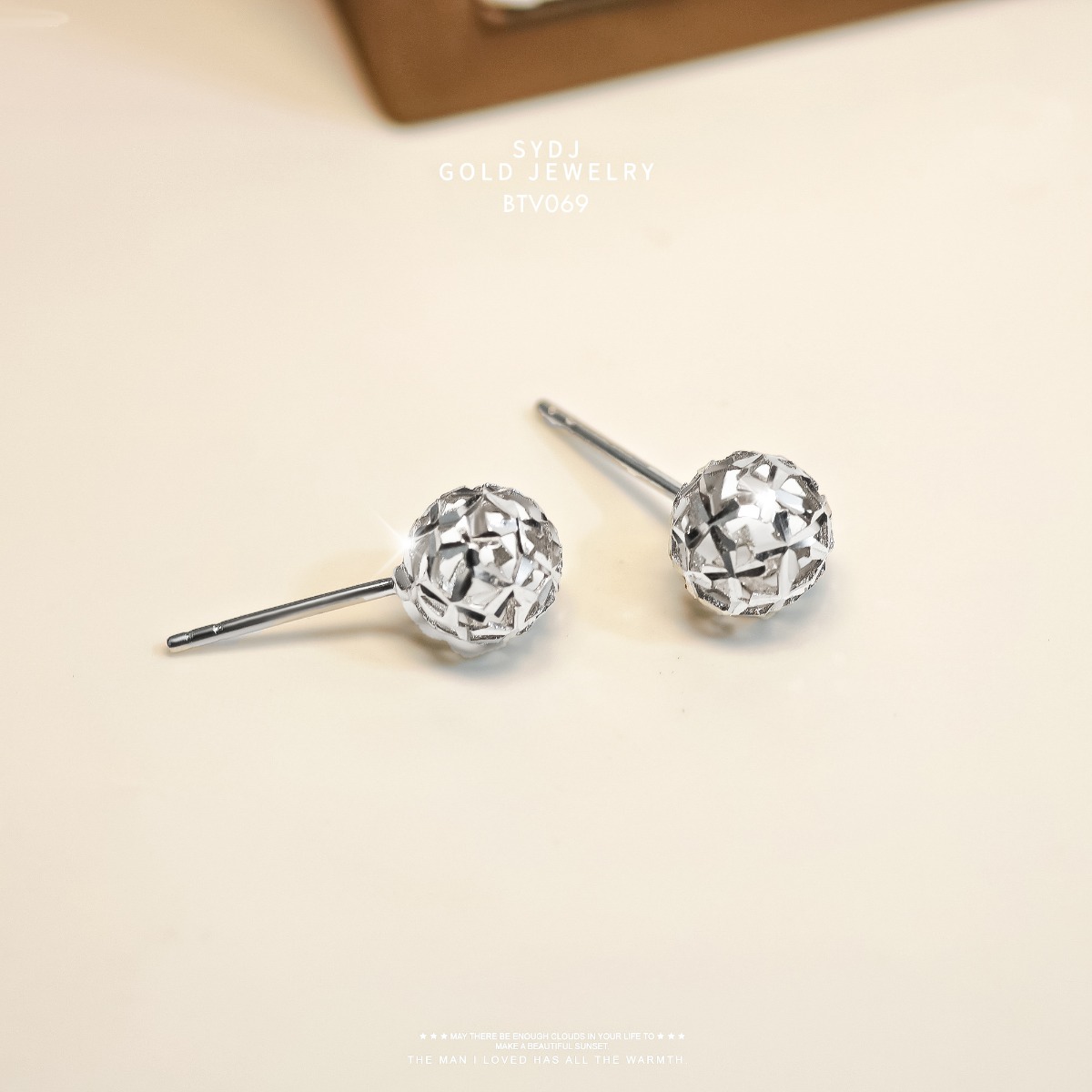

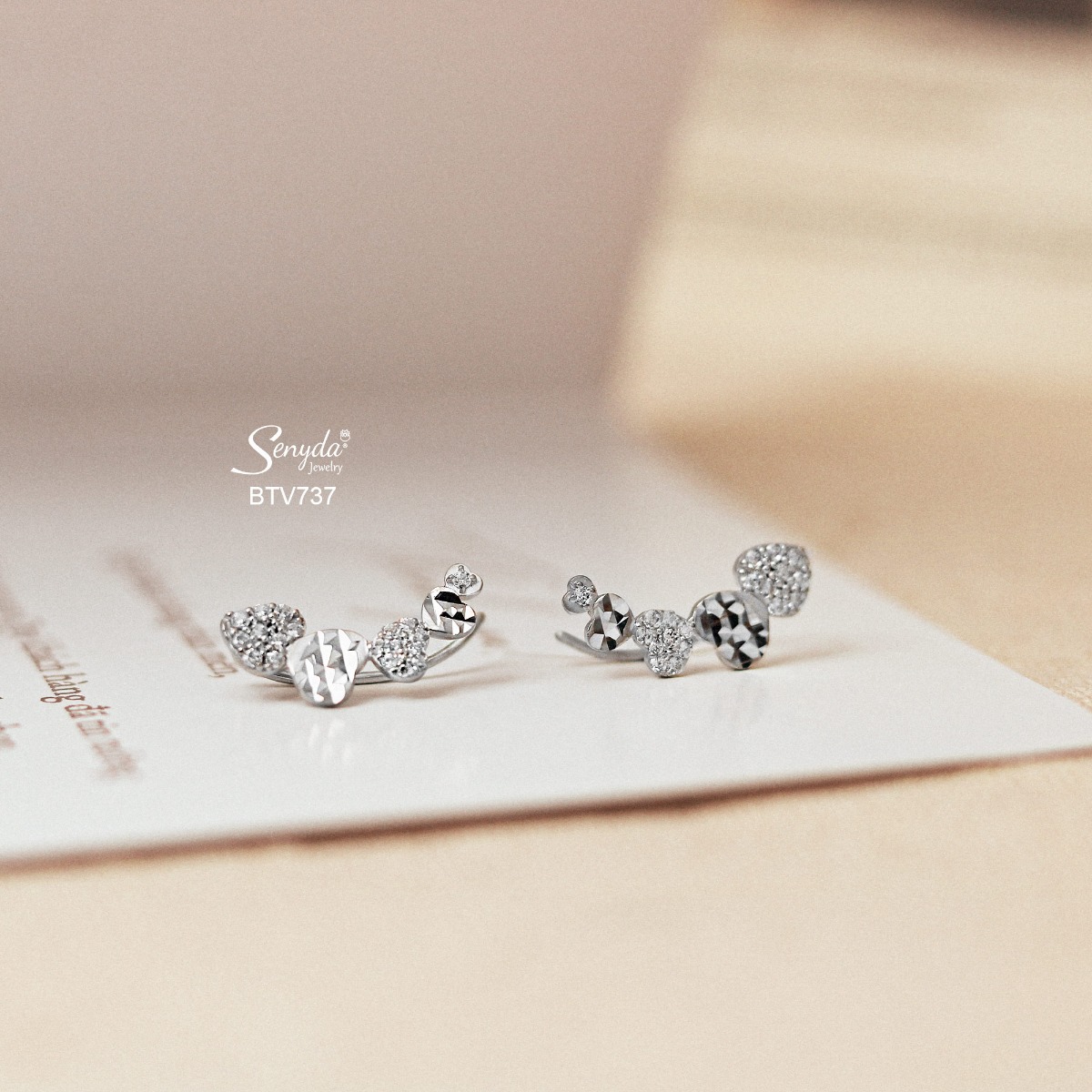
Does white gold tarnish? Why it happens and how to prevent it
2. What causes white gold to tarnish, and how to recognize it
Frequent use is one of the most significant contributors. Every time your jewelry comes into contact with clothing, surfaces, or objects, the rhodium layer—responsible for the bright white finish—gradually wears down. Items like wedding rings, which are worn 24/7, tend to tarnish much faster than pieces like necklaces that are only worn on occasion. Once the rhodium fades, the natural yellow tint of the underlying gold alloy becomes visible.
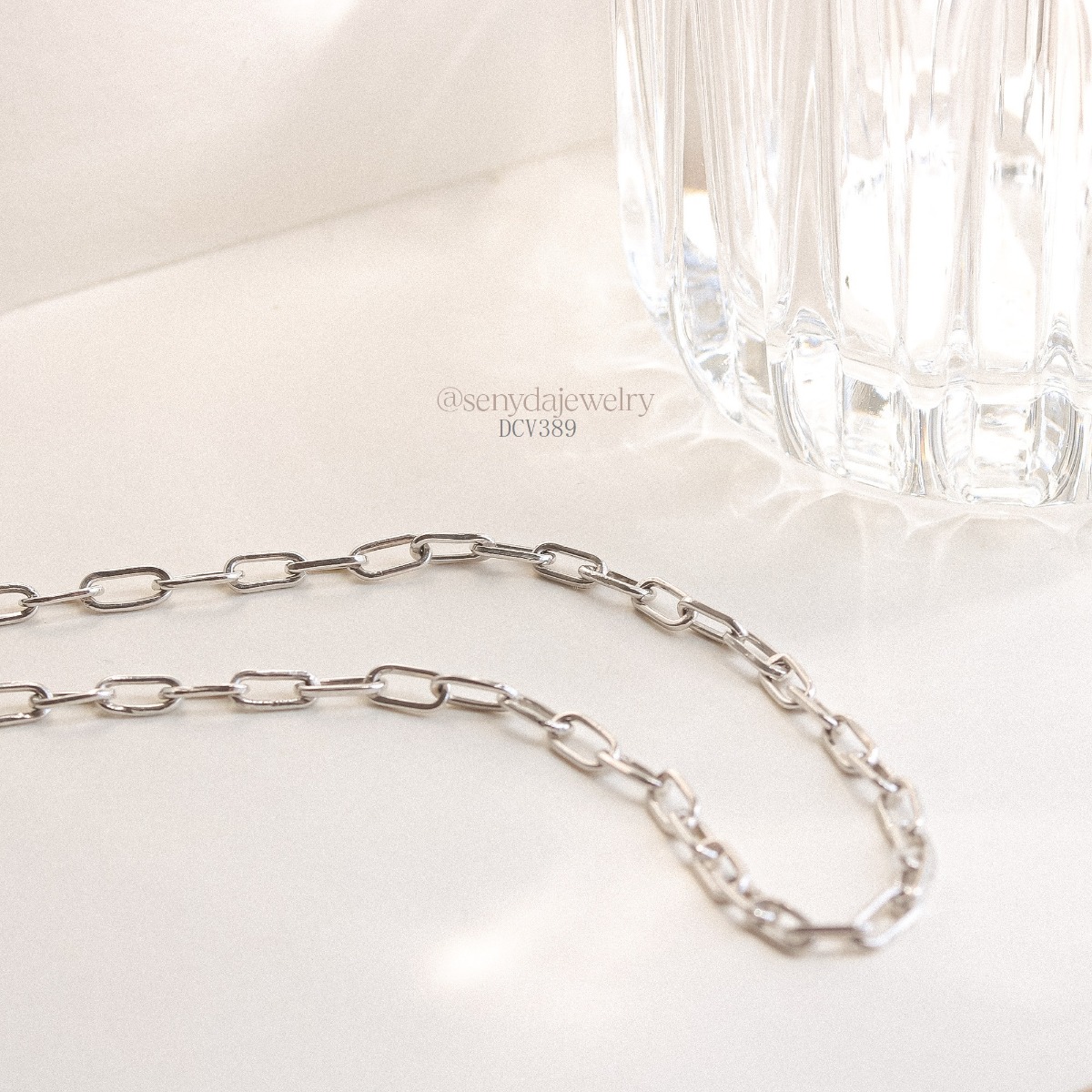
Does white gold tarnish? Why it happens and how to prevent it
Your body chemistry also plays a crucial role. People with more acidic sweat can accelerate the breakdown of the rhodium plating. Jewelry worn on areas like fingers or wrists, where perspiration is more frequent, is especially prone to tarnishing and discoloration over time, even if the piece is made from high-quality materials.
Craftsmanship quality makes a noticeable difference. High-end white gold jewelry is often plated with a thicker, more uniform rhodium layer—typically between 0.5 to 1 micron—and is alloyed with minimal nickel to reduce the risk of discoloration. These pieces also benefit from advanced plating techniques and skilled craftsmanship. In contrast, lower-quality products may use thinner coatings that wear off quickly, leading to early signs of white gold tarnish.
Lastly, improper storage and care can speed up the tarnishing process. Storing your jewelry in humid places, letting it rub against other items, or forgetting to clean it regularly can all contribute to surface damage and oxidation. Even small habits, like applying lotion or perfume while wearing your jewelry, can leave behind residues that affect its shine. Simple changes—such as wiping your jewelry dry before storing it or keeping each piece in a separate fabric pouch—can significantly extend its brightness and lifespan.
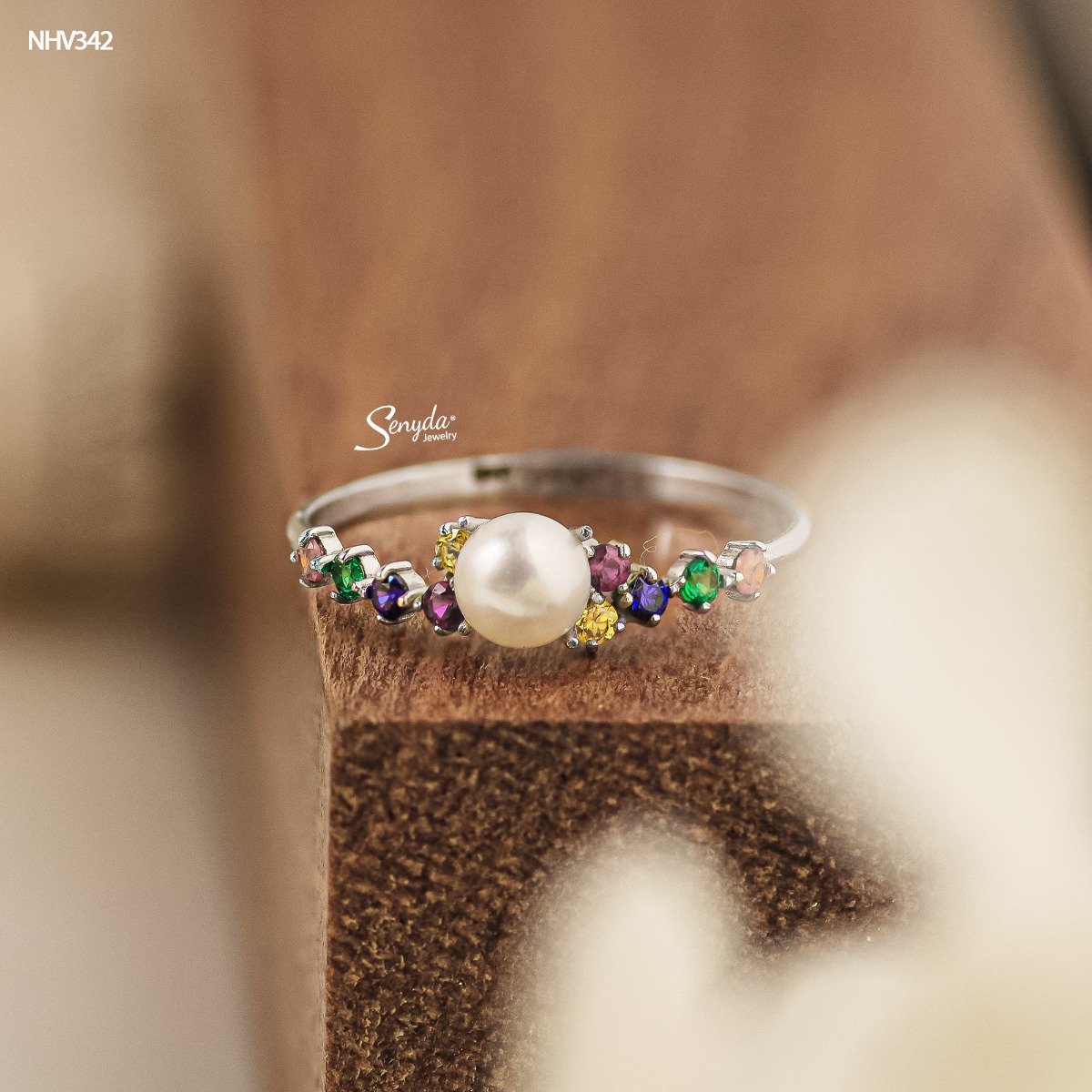
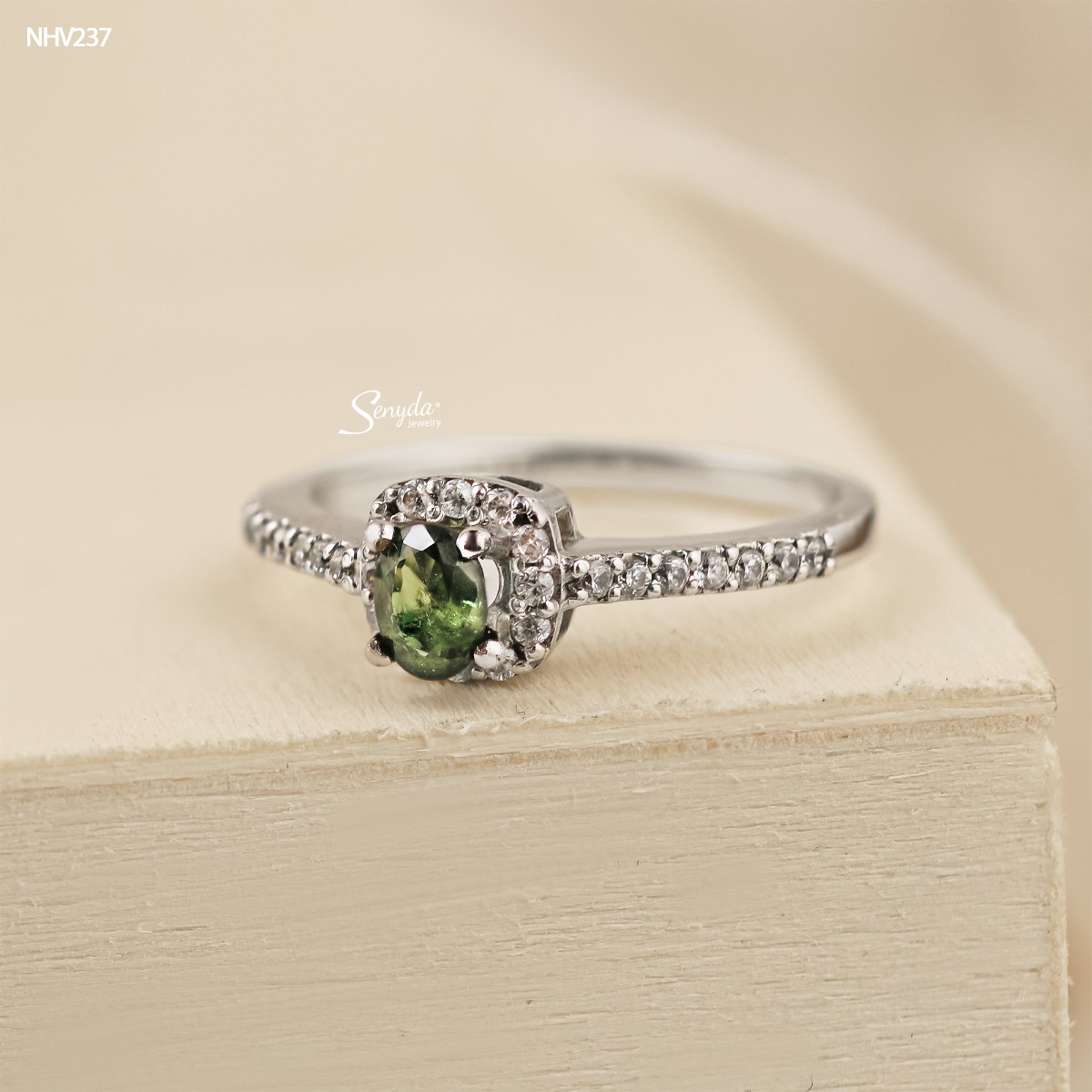
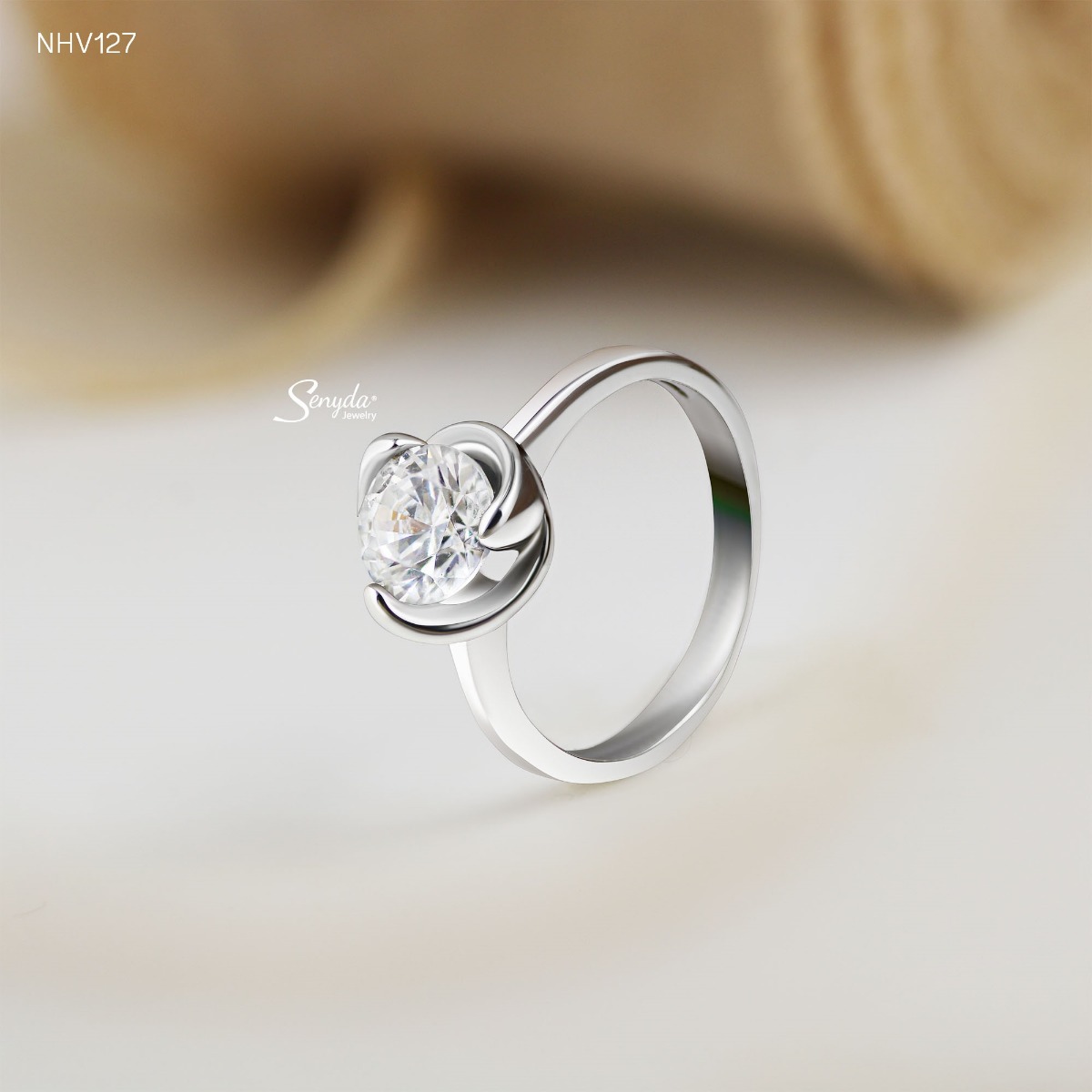
Does white gold tarnish? Why it happens and how to prevent it
3. How to keep white gold shiny and prevent tarnish over time
Regular rhodium replating is the most effective way to restore your jewelry’s original brightness. Rhodium acts as a protective layer that enhances the white finish and shields the base metal from oxidation.
Experts recommend replating every 6 to 12 months, depending on how often the piece is worn. Jewelry you wear daily—such as wedding rings—may require more frequent upkeep. The cost of replating is only a fraction of the jewelry’s value, yet it significantly improves appearance and durability.
Avoiding chemical exposure is also key to preventing white gold tarnish. Every day, substances like dish soap, perfume, body lotion, and chlorine in swimming pools can all degrade the rhodium coating. Always remove white gold jewelry before household chores, applying skincare products, or going for a swim. Even wearing jewelry during intense workouts can accelerate tarnishing, especially if your sweat has high acidity.
Gentle cleaning and separate storage will also help maintain your jewelry’s brilliance. Clean your white gold every two weeks using a soft brush and a mild cleaning solution or warm water mixed with a drop of gentle soap. Be sure to dry it immediately with a soft cloth. Store each piece individually in a lined jewelry box or soft fabric pouch to prevent scratching.
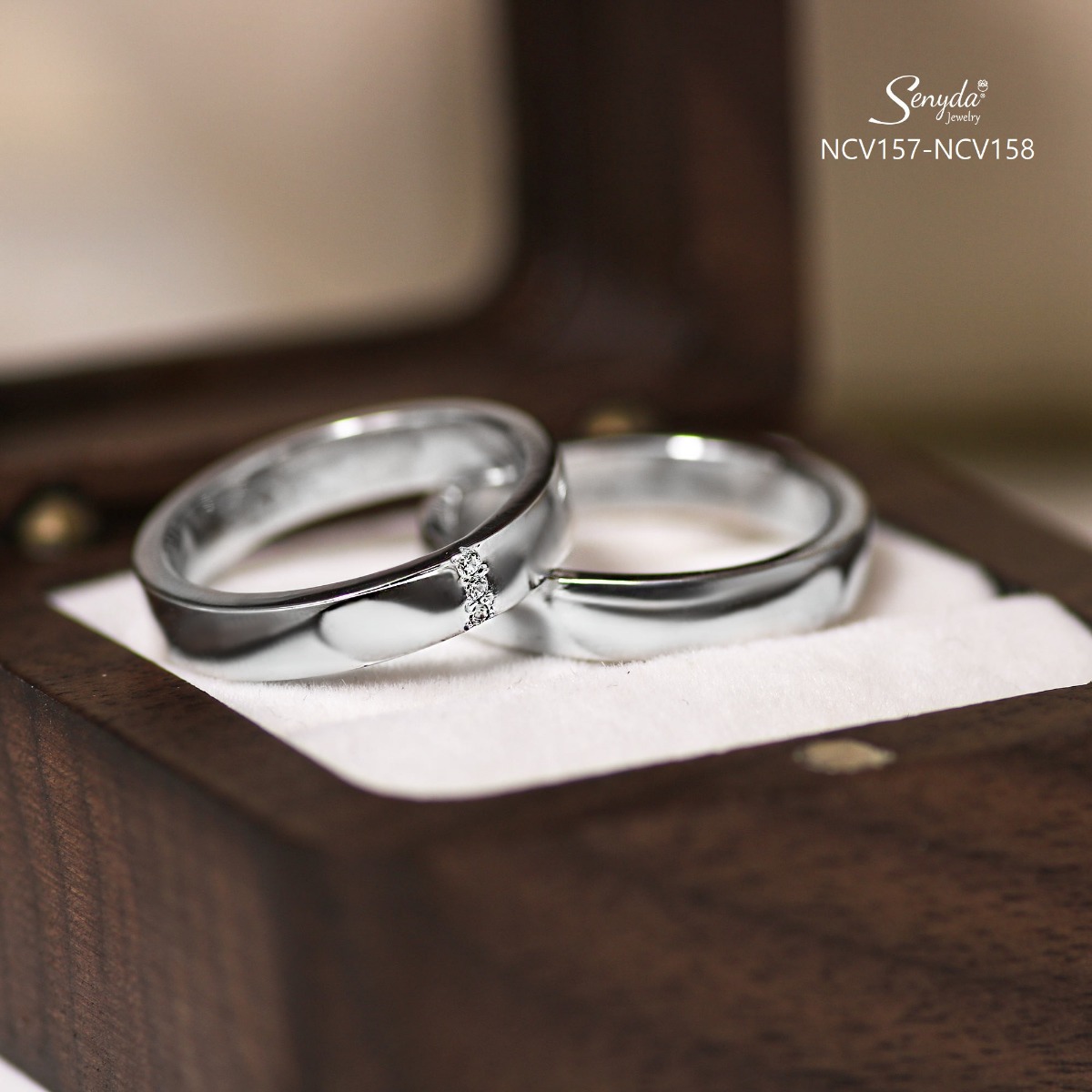
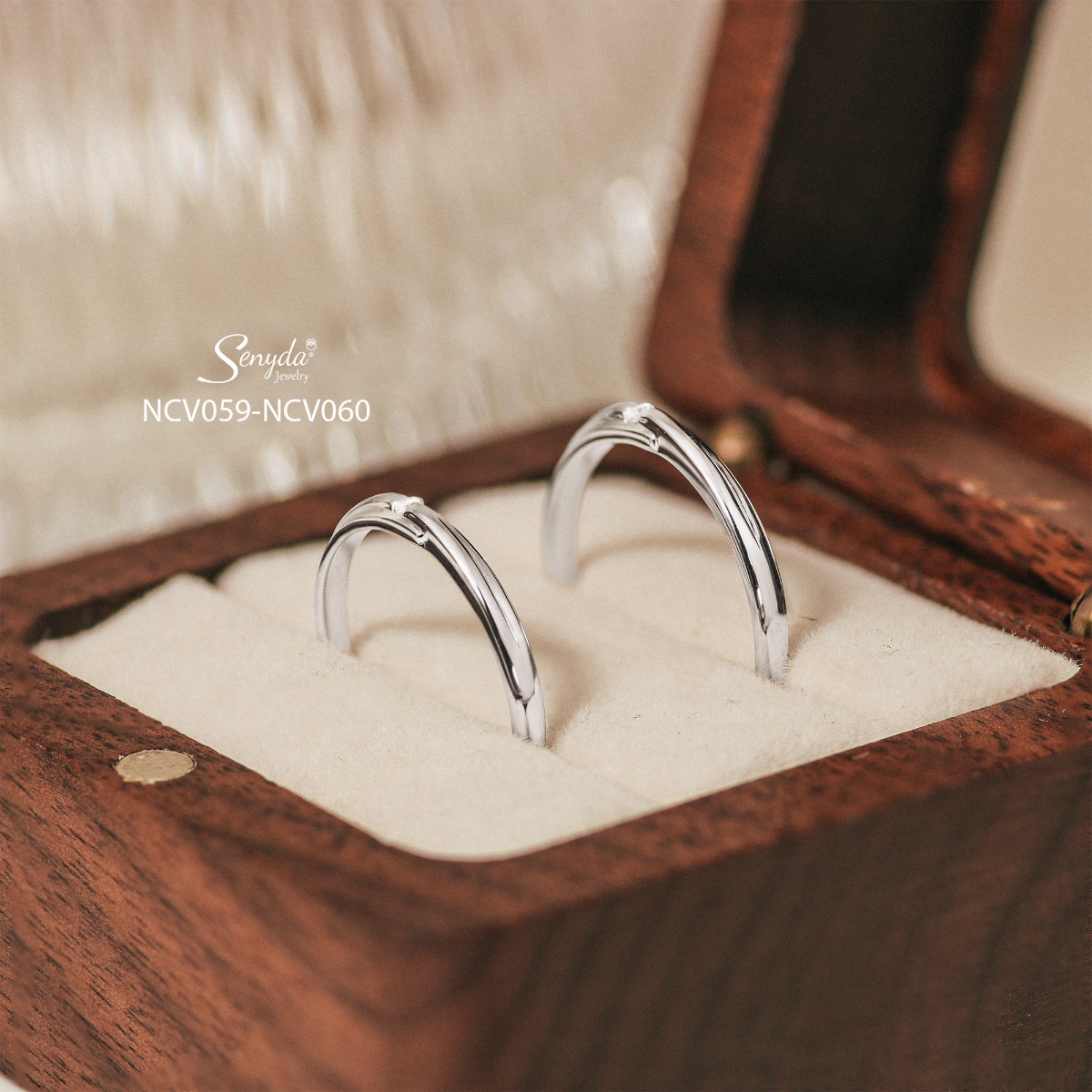
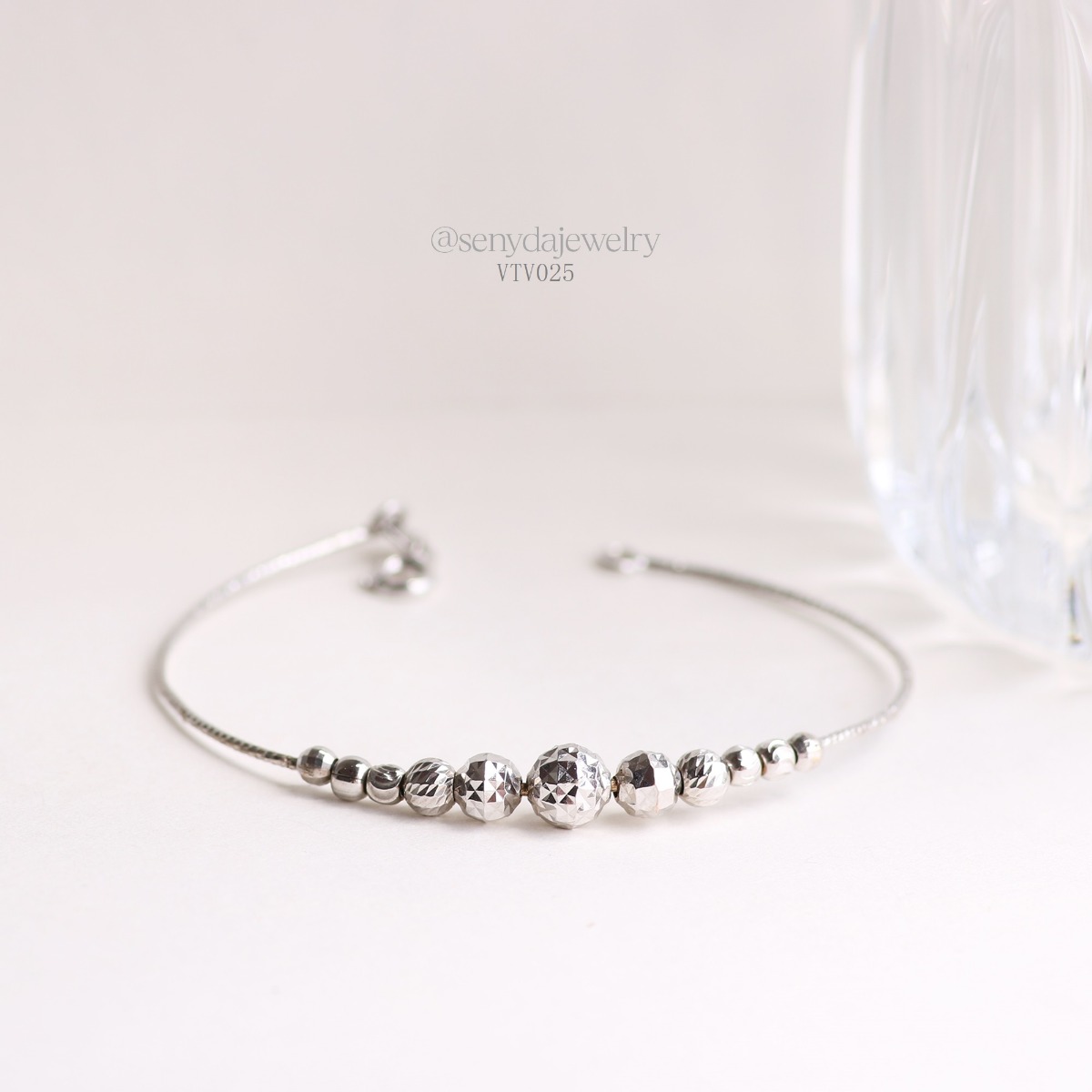
Does white gold tarnish? Why it happens and how to prevent it
Pro tip from jewelers: To check if your rhodium plating is wearing off, examine your jewelry under natural light. If you notice a faint yellowish tint along the edges or surface, it may be time to replate.
By following these easy steps, you can protect your jewelry from white gold tarnish and keep it looking radiant for years to come.
While white gold tarnish is a natural process that can occur over time, it doesn’t mean your jewelry has lost its value or charm. Understanding why it happens is the first step toward preserving your favorite pieces for the long run. With a little care—regular cleaning, smart storage, and the occasional professional maintenance—you can keep your white gold jewelry shining beautifully for years.
So the next time you notice a slight color change, don’t panic. White gold tarnish is manageable, reversible, and—most importantly—completely normal. Embrace the beauty of your jewelry’s journey and let every piece reflect not just your style, but also the stories you live while wearing it.
